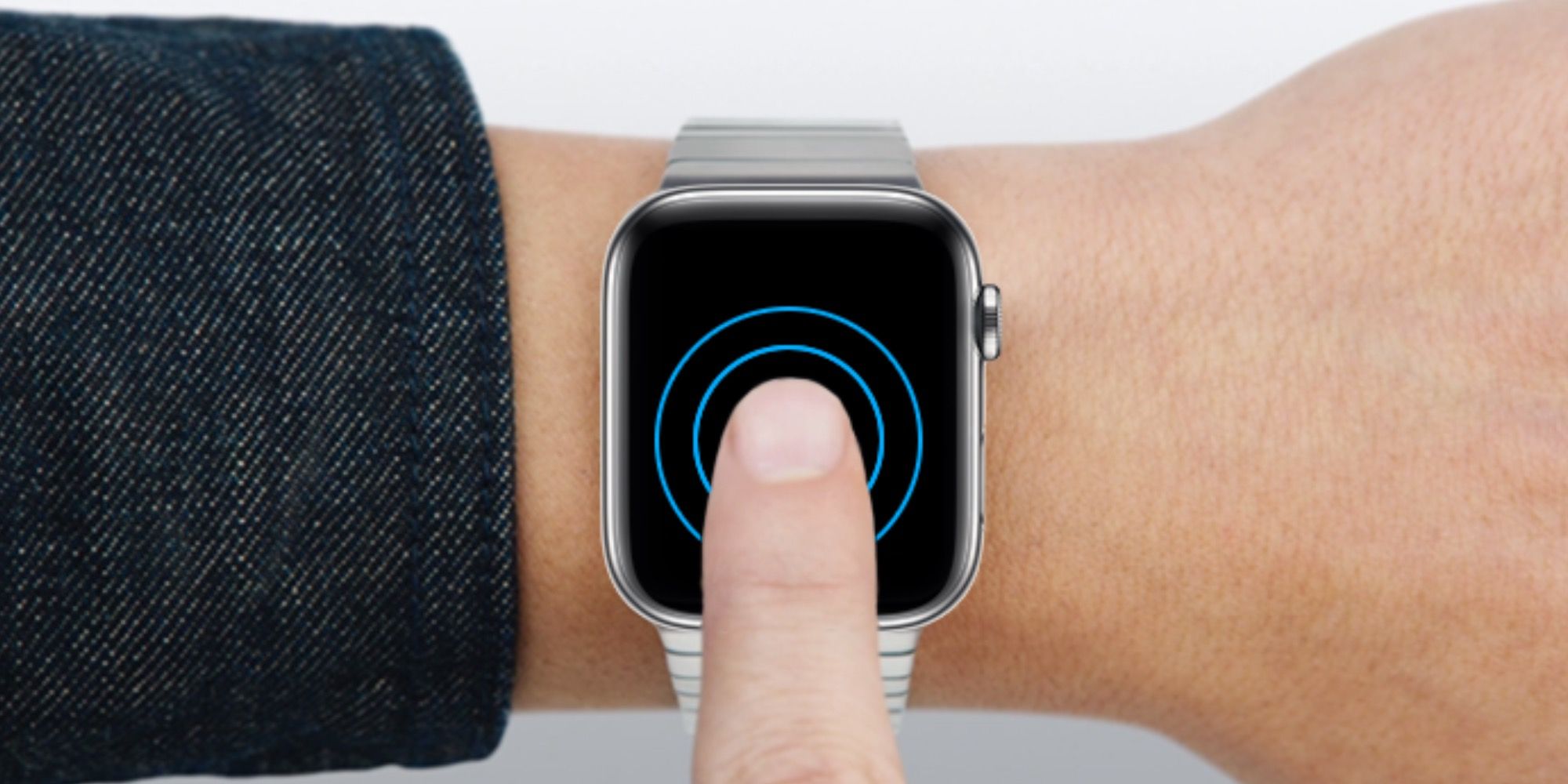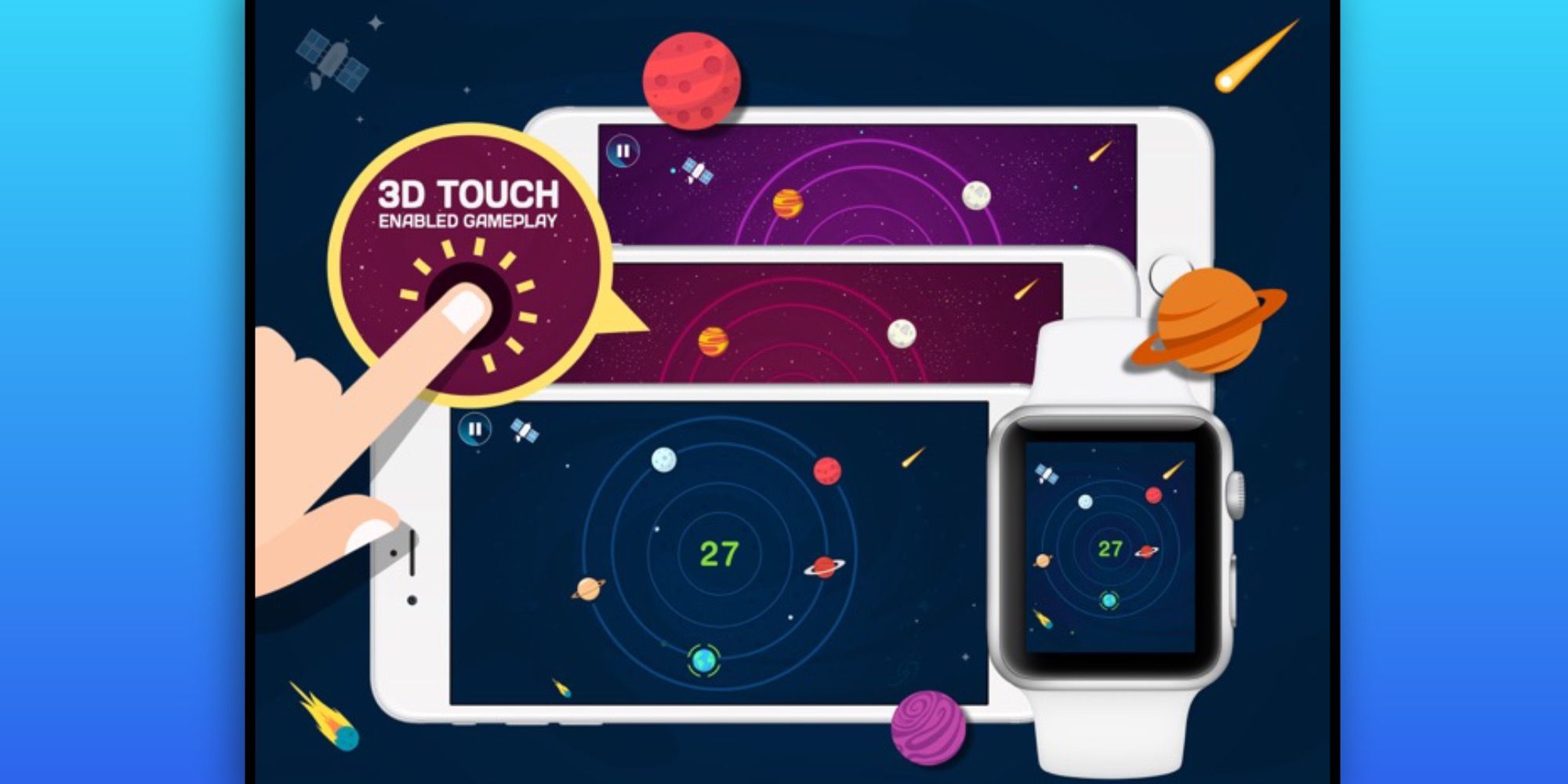From the very first Apple Watch to the Series 5, Force Touch has allowed the wearer to press harder to activate different options. However, the feature was removed from the latest watchOS 7 and from the hardware in the most recent Apple Watch Series 6. Why was this done and how can users find those previous options?
When the Apple Watch was first released in 2015, the smartwatch had been around for five years. Apple's design was seen by many as the first smartwatch that could compete with the appearance of a traditional watch. It was promoted as a fashion accessory, not just a smartwatch. The Apple Watch went on to great success, becoming the world's most popular. Many of the same features available today were present on the first model, including the digital crown that allows users to scroll and interact while leaving the screen free of their fingers. Also, the Retina OLED technology that results in a bright and colorful screen. Overall, it was a very complete solution right from the beginning.
There is one feature found on the original Apple Watch that's missing from the latest Series 6. The newest Apple smartwatch lacks the hardware that allows it to detect the difference in a hard press and a light press. Called Force Touch, this feature allowed the user to press the screen harder to see more options than with a regular press. Series 6 aside, the feature was also removed from watchOS 7, meaning the earlier models that have pressure sensors will no longer recognize a Force Touch as being different to a regular touch. Apple has not commented on this but there has been some speculation that Apple removed the feature because it was seldom used. However, there might be a different reason why Force Touch was excluded in the newer hardware and software.
The Other Reason To Remove Force Touch
In 2016, Immersion Corporation filed a patent infringement lawsuit against Apple, claiming the haptic feedback used in 3D Touch technology belonged to Immersion and was covered by its patent. 3D Touch, used in some iPhone models, is similar to Force Touch, but with two levels of pressure detectable. In 2018, a second lawsuit was filed adding pressure sensitivity patents as well as haptic feedback. That same year, Immersion reached a settlement and license agreements with Apple regarding this issue. Apple began cutting 3D Touch with the iPhone XR, though the iPhone XS and XS Max did contain the technology, the iPhone 11 did not. The last Apple Watch to have Force Touch was the Series 5. The implication is that Apple did not want to pay a licensing fee for this technology and simply removed it. However, the features those technologies allowed can still be accessed.
With watchOS 7, the hidden features were made part of the user interface. This is arguably a better solution, since the user doesn't have to use trial and error to find out where a Force Press is possible. To replace 3D Touch, Apple built a new feature into iOS that eliminates the need for special hardware. It's called Haptic Touch due to the vibration effect that it created when activated via a 'long press.' The way it works is just like it sounds. The user can press and hold a control or icon for a little longer than usual and new options appear. Of course, not everything has long press options. For example, app icons often have a long-press menu that provides shortcuts to common activities or locations within the app. Within, Safari, long press a link to open in a new window or new tab, or long press an image in Safari to save it to Photos or copy it. Some owners of 3D Touch and Force Touch devices have noticed the lack of the feature and complained, but long press is a reasonable solution and one that unifies the platform. Although there is some value in having the same experience on all touchscreen devices, Apple has removed a hardware feature via software that was part of the original purchase.
Source: Immersion


